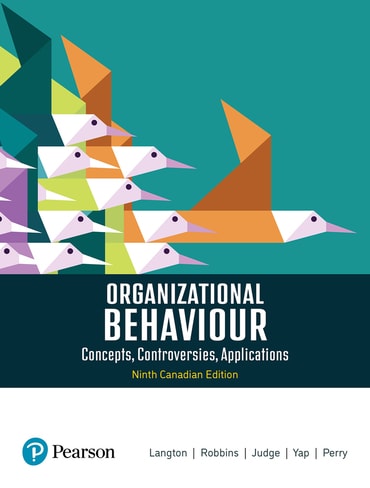Unlock student success in Business and Economics with Pearson Connected Learning
Flexible, customised resources for Business and Economics educators and students. Designed to inspire and engage, our solutions are proven to help students master key business concepts, one step at a time.

Expert Authors
Enrich your teaching with high-quality texts by leading authors, enabling students to connect with core principles and navigate the complexities of Business and Economics.
Pearson eTextbook
Pearson eTextbook goes beyond a regular ebook, offering innovative tools and self-study aids to boost engagement and learning.

Digital Learning Platforms
Empower your Business and Economics students with intuitive, engaging online tools that encourage active participation and deeper understanding of financial concepts.
MyLab
Offers easy course customisation to suit various learning styles, and dynamic study tools that help students engage with content and study efficiently.

Study & Exam Tools
Personalised, AI-powered tools to help students stay motivated and confident to master key business principles in preparation for their exams.
AI-Powered Study Tool
Transform learning experiences with our cutting-edge AI Study Tool, designed to enhance independent learning, regular practice, and concept clarity for students at all levels.
New and widely adopted content for Business and Economics courses
Explore our popular resources for teaching Business and Economics crafted by world-renowned subject experts.
Business


Economics







Marketing




Management & OB




Pioneering AI
Pearson Connected Learning uses AI to deliver personalised, impactful experiences for students and educators. By combining advanced technology with trusted content, our solutions enhance the teaching and learning experience.
Personalised Learning
Our AI adapts to each student’s needs, providing tailored support that helps them progress and stay on track.
Accurate and Reliable
Powered by Pearson’s trusted content, our AI ensures students receive the right information when needed, driving progress and confidence.
Engaging Experiences
With interactive content and real-time feedback, our AI sparks curiosity and keeps students motivated.
Real stories from campus
Hear from educators and students who have transformed their classrooms with Pearson Connected Learning.
Sharmistha Nag, Fanshawe College
“Pearson's adaptive learning tools in MyLab help me identify struggling students early and intervene to improve overall class performance.”
Angela Trimarchi, Wilfrid Laurier University
“My students’ average final marks improved by 2 percentage points through MyLab.”
Ready to get started?
















